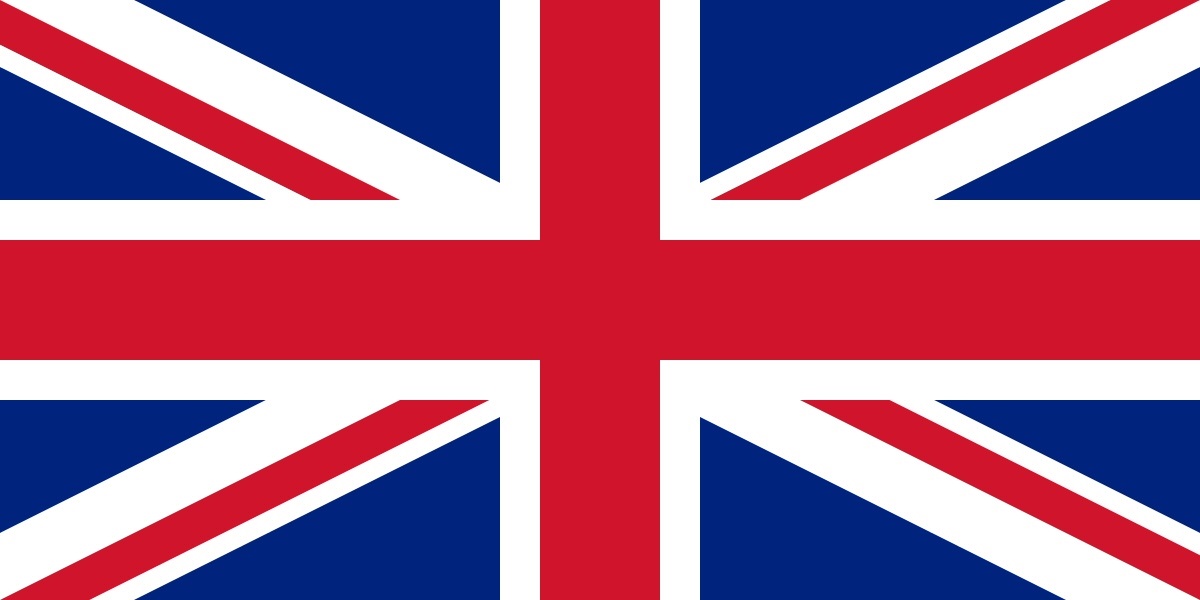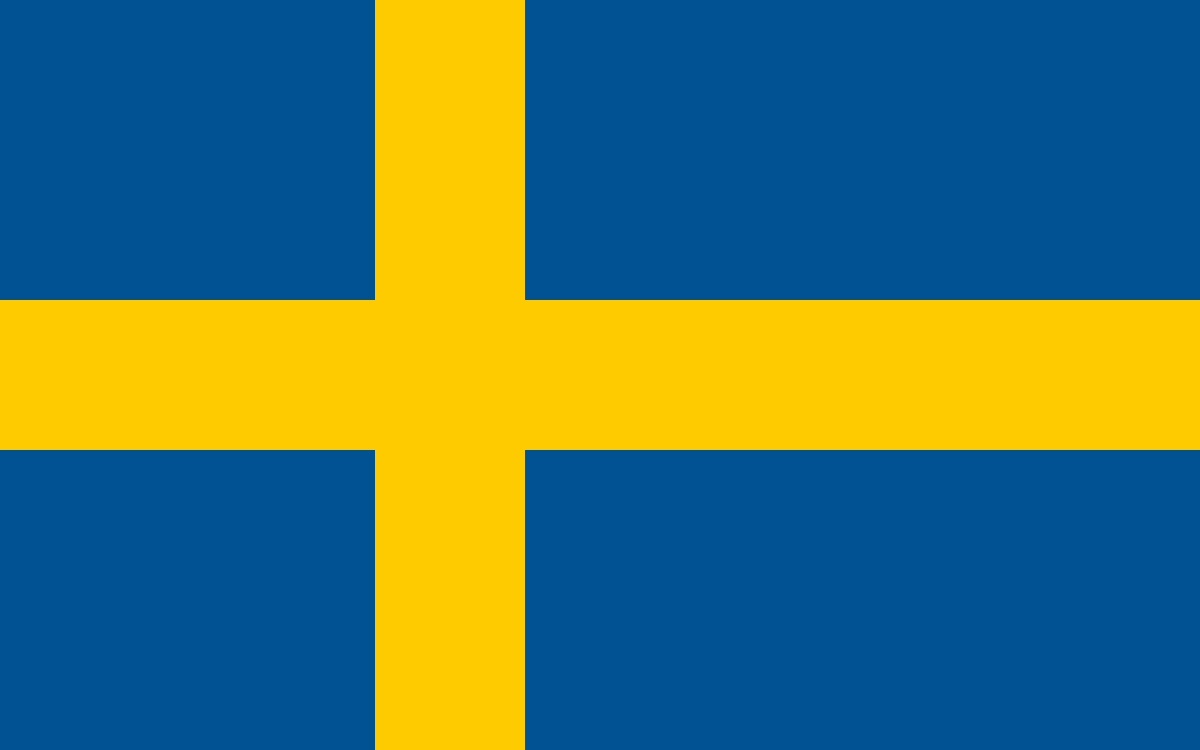1. Scope of article
This article is meant to be a summary of the PPE regulation and the procedure for CE marking PPEs. Reading this article should give you a good grasp of the general procedure that is required for most PPEs within the EEA. It is not meant to be a complete guide, but should be a good starting point and reference for anyone in the early stages of product compliance of a PPE. We hope that it can answer such questions as:
- Do I need to CE mark my PPE product?
- What is required of me before I can CE mark my PPE product?
- What are my responsibilities as a manufacturer, importer or private labeller?
2. What is the PPE regulation?
Regulation (EU) 2016/425, also known as the PPE regulation is the EU legislation that regulates the vast majority of all Personal Protective Equipment (PPE). Although the PPE regulation affects products with very direct implications for health and safety of the users, the regulation is well structured and makes it easy to identify the route to compliance. The route identified can on the other hand vary from quite simple to quite extensive, depending on the intended use of the PPE.
2.1. Scope of the PPE regulation
The regulation defines a PPE as any product that is “[…] designed and manufactured to be worn or held by a person for protection against one or more risks to that person’s health or safety”. But it also extends the definition to include any interchangeable components, with protective functions, and connection systems for such equipment.
The regulation applies to all products within the scope of those definitions, except:
- Military equipment
- Law and order equipment
- Self defence equipment (Sporting equipment is not regarded as self defence)
- Equipment designed for private use as protection against:
- Non extreme atmospheric conditions
- Damp and water during dishwashing
- Equipment exclusively onboard ships and airplanes, that are subject to international treaties.
- Protective helmets and visor for use with motorcycles and mopeds, under Regulation No 22 of the UN Economic Commission
3. CE marking
All PPEs that fall within the scope of the PPE regulation are required to be CE marked. It is irrelevant if the products are covered by harmonised standards or the level of harm they are intended to protect against. But depending on the specific product, some different steps have to be taken. The most notable steps will be described below, this is not a complete list of all necessities for CE marking PPEs.
3.1. Essential Health and Safety Requirements
The core of the PPE regulation is, as with many other legislations, the list of Essential Health and Safety Requirements (EHSR). Annex II of the regulation lists a multitude of generic and specific ESHRs. Every PPE must have a list of every ESHR that is applicable to it, in its documentation. That list should for most PPE be one of the earliest steps in product design, as it gives a framework of requirements for the product.
3.2. Risk assessment
Risk assessments are something that all products need, but due to the nature of PPEs their risk assessment is a bit more specific. Besides the general risks that could apply to any non-protective equipment, this risk assessment has to introduce the specific dangers that the PPE will be designed to protect against. This risk assessment must show how these risks are managed, to what level they protect against, how levels of danger above specified protection are managed and so on. The risk assessment should reflect the list of identified EHSRs.
3.3. Risk categories
The next steps will regard the testing and production control of the PPE. To determine which process of those are needed, the risk category of the PPE must be determined. Annex I of the PPE regulation defines three risk categories with an increasing level of harm being protected from.
Category I includes exclusively minimal risks of:
- Superficial mechanical injury
- Contact with cleaning materials of weak actions
- Prolonged contact with water
- Contact with hot surfaces not exceeding 50 °C
- Damage to eyes due to exposure to sunlight (not including direct observation of the sun)
- Atmospheric conditions that are not of an extreme nature
Category II includes risk not included in Category I or III.
Category III includes exclusively risks with serious consequences such as death or irreversible damage to health from:
- Substances and mixtures which are hazardous to health
- Atmospheres with oxygen deficiency
- Harmful biological agents
- Ionising radiation
- High-temperature environments the effects of which are comparable to those of an air temperature of at least 100 °C
- Low-temperature environments the effects of which are comparable to those of an air temperature of – 50 °C or less
- Falling from a height
- Electric shock and live working
- Drowning
- Cuts by hand-held chainsaws
- High-pressure jets
- Bullet wounds or knife stabs
- Harmful noise
To assist in the categorisation of PPEs, the guidelines for the PPE regulation contains an Appendix with examples of products and their categories.
3.4. EU type-examination
Category. II and III requires that as a part of the conformity assessment, a EU type examination is performed before the product goes into serial production. This examination must be performed by a Notified Body (NB), where they examine, verify and attest that the design of the PPE meets the requirements that the PPE places on it. This includes the EHSRs and identified risks which must be supplied to the NB.
For the NB to be able to test the PPE, they must follow some technical specification(s). If harmonised standards exist that can be used to test all requirements under the regulations, they will be used. But as this procedure can be required of products that are not completely covered by relevant standards, other technical specifications are also allowed. There are no specific requirements for these “other technical specifications” in the regulation, they can be drafted by authorised experts as well as by public or private organisations. The use of “other technical specifications” should be discussed with the notified body that performs the EU type-examination.
3.5. Production control
All three categories of PPE require a different system of production control to be implemented in order to ensure the compliance for each unit manufactured. These systems are defined as Modules in the regulation.
All these modules specify that a Declaration of Conformity (DoC) must be drawn up and kept for at least 10 years after the PPE has been placed on the market.
3.5.1. Category I
PPEs defined as Category I must follow Module A (Annex IV). This module is very basic, it requires that the manufacturer takes all necessary measures to ensure that every unit is compliant with the technical documentation that has been drawn up for the product.
3.5.2. Category II
PPEs defined as Category II must follow Module C (Annex VI). This module is also basic, it requires that the manufacturer takes all necessary measures to ensure that every unit conforms with the result from the EU type-examination.
3.5.3. Category III
PPEs defined as Category III have two Modules, C2 (Annex VII) and D (Annex VIII), of which the manufacturer must choose one. Both these Modules require that the identification number of the NB be placed with the CE mark on the product (and/or other placing of the CE mark).
Module C2 is similar to Mod. C, it requires that the manufacturer takes all necessary measures to ensure that every unit conforms with the result from the EU type-examination. And in addition to that, they must apply to a NB for supervised product checks at random intervals. At least once a year the NB will sample an adequate number of units and test their conformity. The report from this test must be kept for at least 10 years after the PPE has been placed on the market.
Module D requires that the manufacturer establishes a quality assurance system for the production, which shall ensure that every unit conforms with the result from the EU type-examination. This quality assurance system must be submitted for approval and auditing from a NB. This module is quite extensive and specific and is best read in full if it is being considered.
4. Obligation of economic actors
The PPE regulation specifies 4 different economic operators, manufacturers, authorised representatives, importers and distributors. As with most product legislations, the responsibility for the products conformity lies with the manufacturer, while the importer and distributor must verify that the manufacturer has performed the required obligations. The obligations are summarised below.
4.1. Manufacturers
The manufacturer of a PPE is responsible for ensuring the products compliance with the regulation and drawing up all required technical documentation. Their main obligations are:
- Ensuring the compliance of the product design
- Drawing up a technical documentation, including a DoC
- Keeping the DoC for 10 years after the product is put to market
- Applying required production control system
- Supplying PPE with correct labels and instructions (in correct languages)
- Supply the DoC, or an internet address to access the DoC, with the product
- Take corrective measures when a PPE is suspected to not be in conformity
4.2. Authorised representative
A manufacturer can mandate an authorised representative (AR) to perform certain tasks. The tasks an AR can be mandated do not include ensuring the compliance of the product or drawing up the technical documentation. The main use of an AR is as a point of contact with authorities which is something that non-EU manufacturers need, read more about ARs and the requirements for non-EU manufacturers in our article about regulation 2019/1020.
The mandate must include the tasks:
- Keeping the DoC for 10 years after the product is put to market
- Supplying technical documentation to authorities, if requested
- Cooperate with authorities to eliminate risks posed by the PPE, if requested
4.3. Importers
Economic operators that place PPEs from outside the EU on the internal market are considered importers. As the manufacturers for these products are outside the EU, the importer is obligated to verify the conformity of the PPE before putting it on the market. Since importers are the operator first placing the product on the market, they hold the legal responsibility of the product. Their main obligations are:
- Ensuring that a EU type-examination has been carried out, if needed
- Ensuring the correct production control is carried out by the manufacturer
- Ensuring that the manufacturer has drawn up a compliant technical documentation
- Ensuring that the PPE is accompanied by the correct information and labels (in correct languages)
- Include their contact details on the labelling of the product, if no AR is labelled
- Ensuring that the compliance of the PPE is not altered while in their care
- Keeping the DoC for 10 years after the product is put to market
- Take corrective measures when a PPE is suspected to not be in conformity
4.4. Distributor
Economic operators that place PPEs on the market, but do not fall under manufacturer or importer, are considered as distributors. Since distributors are never the first operator in the EU to place the PPE on the market, their obligations are smaller in scope. The main obligations are:
- Verifying that PPEs are CE marked
- Verifying that PPEs are supplied with the correct information (in correct language)
- Verifying the correct labelling of the PPE
- Ensuring that the compliance of the PPE is not altered while in their care
- Keeping the DoC for 10 years after the product is put to market
- Take corrective measures when a PPE is suspected to not be in conformity
Want to know more?
If you want to know better how Zatisfy can help with complying with this regulation please read more here, send an email to [email protected] or schedule a free 25 min appointment with one of our experts here.





